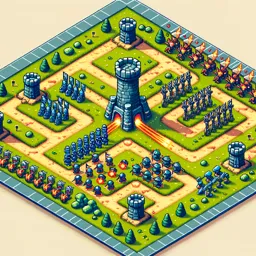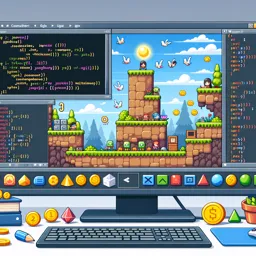Introduction to Unreal Engine
Unreal Engine is one of the most powerful and popular game engines in the world, renowned for its stunning visuals and flexibility. Developed by Epic Games, it empowers developers to create high-quality 3D and 2D games, architectural visualizations, simulations, and more, even without deep programming expertise.
What Makes Unreal Engine Unique?
Unreal Engine is well-known for its real-time rendering capabilities, which allow developers to see changes instantly in the editor. The engine features a robust set of tools, including a visual scripting system called Blueprint, a comprehensive material editor, advanced physics, and a sequencer for cinematic creation. These features make it a preferred choice for both indie developers and AAA studios.
The Blueprint System: Visual Scripting for All
One standout feature of Unreal Engine is the Blueprint Visual Scripting system. Blueprints enable creators to design objects, gameplay mechanics, and interactivity using a visual interface. This means you can build complex game systems without writing a single line of code, although coding in C++ is also supported for more advanced customization.
Building Your First Project in Unreal Engine
- Download and Install: Start by downloading the Unreal Engine from the Epic Games Launcher.
- Create a New Project: Launch the engine and choose a project template—such as First Person, Third Person, or Blank.
- Explore the Editor: Familiarize yourself with the main components: Viewport, Content Browser, Details Panel, and Toolbar.
- Add Content: Drag and drop 3D models, textures, and sounds to enrich your game environment.
- Use Blueprints: Implement interactivity by adding triggers, player movement, and object behaviors using Blueprints.
- Test and Iterate: Regularly playtest your project within the editor and make improvements as needed.
Expanding Your Skills
Unreal Engine offers a wealth of learning resources through its official documentation, online tutorials, and an active community forum. As you grow your skills, you can explore advanced topics like animation, AI, multiplayer networking, and optimization techniques to bring your creations to life.
Conclusion
Whether you’re an aspiring game developer, a designer, or a hobbyist, Unreal Engine provides the tools and support needed to turn your ideas into reality. By experimenting with its features and practicing regularly, you’ll be well on your way to mastering this powerful game development platform.
































